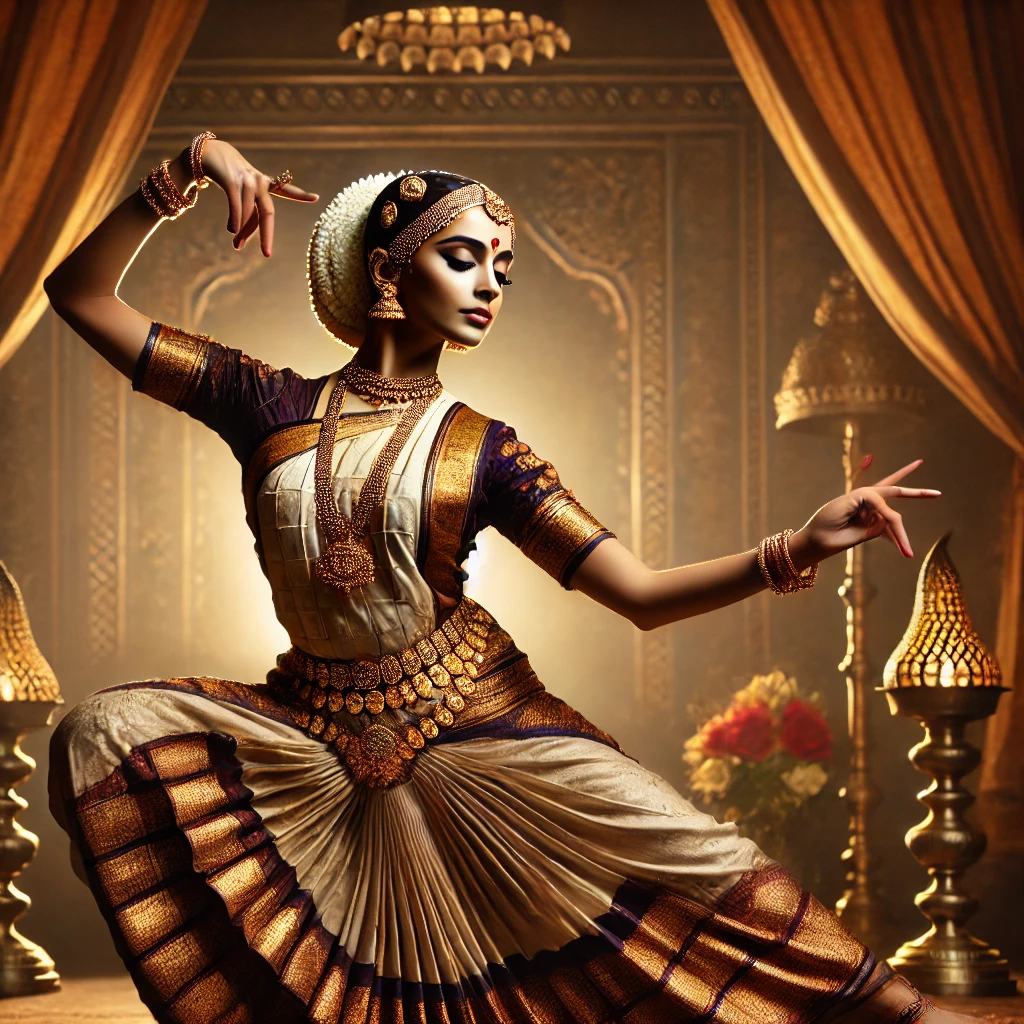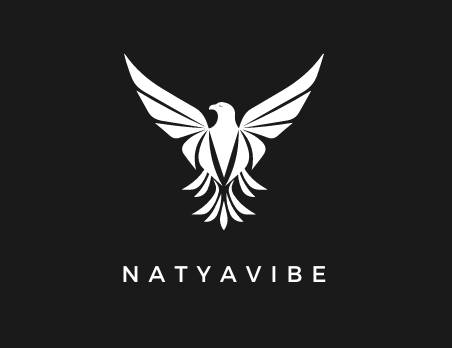Introduction
Imagine a world where each step speaks its story, and rhythm conjoins with music to weave spells. Welcome to the world of India’s classical dance forms, where history and culture are alive in beautiful expressions and appropriate footwork. From spiritual being to telling stories, these dances—Bharatanatyam and Kathak—are full of traditions passed down from years. Ever wonder where these dances are from, or how they remain so unique in these modern times? Let’s take a closer look at the beauty and history behind classical Indian dance.
Table of Contents
Understanding the Classical Dance Forms of India
India—a land of immense diversity—meets the gaze of the viewer with all its vibrant colors mirrored in the great and classic dance forms. Each dance is an expression of culture, tradition, and a bit of spirituality. These art forms have been nurtured for ages and thus have become very captivating today throughout the world. Even though several classical dances exist, nine major ones have been recognized by Sangeet Natak Akademi.

Let’s explore:
1. Bharatanatyam: The Dance of Devotion
Bharatanatyam, from Tamil Nadu, is one of India’s oldest and most famous classical dances. It began as a temple ritual, offered to the divine. With its detailed footwork, elegant hand gestures (mudras), and expressive facial movements, Bharatanatyam tells stories from Hindu mythology about devotion, love, and good triumphing over evil. Every movement in this dance has meaning, making it both beautiful and powerful.
2. Kathak: The Storyteller’s Dance
Kathak is one of the classical dance styles from North India and is surely renowned for its storytelling appeal. The word “Kathak” itself means storytelling, through which dancers narrate tales through fast spins called chakkars, along with intricate footwork and expressive gestures. It was first performed in the temples and later developed into the Mughal courts, blending Hindu and Mughal influences. Kathak’s grace combined with its lively rhythm therefore makes it dramatic and emotional.
3. Kathakali: The Epic Dance Drama
Kathakali, from Kerala, is the most elaborate and colorful of all the classical dance forms of India. This elaborately costumed art with vivid makeup and dramatic storytelling has an important place in the cultural map of India. Most of the Kathakali performances depict stories from Indian epics such as the Ramayana and Mahabharata. Kathakali is a detailed dance drama that depends highly on the facial expressions, strong body expressions, and hand gestures of the performers to pass the tale to the audience. The performers are seriously trained in acquiring the perfect skills of this dance, which requires immense discipline and focus.
4. Kuchipudi: A Blend of Dance and Drama
Kuchipudi originates from Andhra Pradesh, and it is a classical dance. It has fluidic-graceful movements and showcases storytelling through expression. What gives it a difference from the rest is its strong theatre-like influence; dancers, in particular, can speak or even sometimes sing lines in a play. Kuchipudi is playful and vigorous in character, showing much burlesque of mythological stories and giving all the humour and levity which the theme allows. The fluidity in this dance combined with vivid expressions creates this an enchanting art form.
5. Manipuri: Dance of the Gods
Manipuri, originally from Northeastern India, is a dance form that combines the sense of spirituality with grace. The movements in Manipuri are soft, flowing, and generally done in circular patterns to denote the cyclic movement of life. The dancers enact scenes concerned with Lord Krishna and depict love and devotion manifested in Lord Krishna. The soft, almost ethereal flowing movements of Manipuri bear testimony to the link between dance and spirituality.
6. Odissi: Dance of the Temple
Basically hailing from the temples in Odisha, Odissi is a classical dance featuring emphasis on correct body postures, fluid one-handed movements, and swift elaborate footwork. This ancient mode has been deeply related to spiritual rituals and has its evolution from the ancient temple-based dance forms. The posture of Odissi does possess gravity through statuesque poses, as lovely in flowing wet limestone that adorns Odishan temples. The fluxing movement with strength to attain the postures makes it sure that Odissi itself symbolizes a dance of proportions and harmony.
Odissi, from the temples of Odisha, is a classical dance known for its graceful movements, body poses, and detailed footwork. It has deep roots in religious rituals and temple traditions. The poses in Odissi often look like the stone carvings on Odisha’s temples. Its flowing movements and strong poses make it a dance of balance and beauty.
7. Mohiniyattam: The Dance of the Enchantress
Mohiniyattam originates from Kerala and is an enchanting and sensual way of dancing in which an eternal charmer, Mohini, narrates a story. The whole dance is full of sluggish and rhythmic body movements that often develop a theme of love and romance or of devotion to God. Historically performed by women in the temples of Kerala, Mohiniyattam consists of soft, flowy movements with delicate gaits. It is flowing grace, all in finery and oozes with elegance and feminity.
8. Sattriya: The Dance of Assam
Sattriya is a classical dance element from Assam, originally performed by male monks in monasteries known as Satras, as a form of religious ritual. The dance is a way of showing devotion wherein dance, drama, and music come together in the narration of stories from Hindu mythology. The beautiful yet powerful movements in Sattriya are a blend of complex footwork and expressive gestures of the hands, which are traditional attire to represent the cultural heritage of Assam.
9. Chhau: The Masked Warrior Dance
Chhau is a vibrant and energetic dance form that originates from the eastern regions of India, particularly in states like Odisha, West Bengal, and Jharkhand. Known for its martial elements, Chhau combines powerful movements, acrobatics, and dramatic storytelling.
There are three main styles of Chhau:
- Mayurbhanj Chhau (Odisha) – Performed without masks, focusing on expressions and fluid body movements.
- Seraikella Chhau (Jharkhand) – Uses masks to convey characters and emotions.
- Purulia Chhau (West Bengal) – Characterized by its vibrant masks and dramatic choreography.
The themes of Chhau performances often revolve around mythology, nature, and daily life, with stories drawn from the Ramayana, Mahabharata, and other epics. The dance is accompanied by traditional music, including instruments like the dhol, dhumsa, and shehnai.
note–Chhau was traditionally considered a folk or semi-classical dance form, but it has since been recognized as a classical dance of India. This recognition acknowledges its deep cultural significance, refined techniques, and artistic contributions to Indian heritage.
Conclusion:
India’s classical dance forms are more than just art—they are a glimpse into the heart of Indian culture. From the devotion in Bharatanatyam to the storytelling in Kathak and the dramatic flair of Kathakali, these dances share timeless stories that touch hearts worldwide. Have you experienced their magic? Which dance resonates most with you? Share your thoughts and stories with us! If you want to know more about Bharatnatyam you can visit NatyaVibes.

